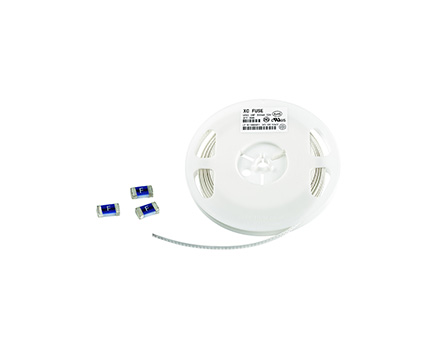
The same thing is that both can achieve short-circuit protection. The principle of a fuse is to use current to flow through the conductor, causing it to heat up. After reaching the melting point of the conductor, the conductor melts, so disconnecting the circuit protects the electrical appliances and circuits from being burned out. It is an accumulation of heat, so overload protection can also be achieved. Once the melt burns out, it needs to be replaced.
A circuit breaker can also achieve short-circuit and overload protection for circuits, but the principle is different. It achieves circuit breaker protection through the bottom magnetic effect of the current (electromagnetic release), and overload protection through the thermal effect of the current (not fusing, and there is often no need to replace components). In practice, when the electrical load in the circuit approaches the load of the fuse used for a long time, the fuse will gradually heat up until it blows. As mentioned above, the melting of a fuse is the result of the combined action of current and time, which serves to protect the circuit and is one-time. A circuit breaker is a device that suddenly increases the current in the circuit and automatically opens when it exceeds the load of the circuit breaker. It provides protection for an instantaneous increase in current in the circuit, such as when there is a large leakage, short circuit, or high instantaneous current. When the cause is identified, it can be closed and continued to be used. As mentioned above, the melting of a fuse is the result of the combined action of current and time, while a circuit breaker will trip as soon as the current exceeds its set value, and the time effect can hardly be considered. Circuit breakers are commonly used components in low-voltage distribution. There are also some places where fuses are suitable.
Read recommendations:
Don't confuse these two important concepts when choosing a fuse.automotive fuse box